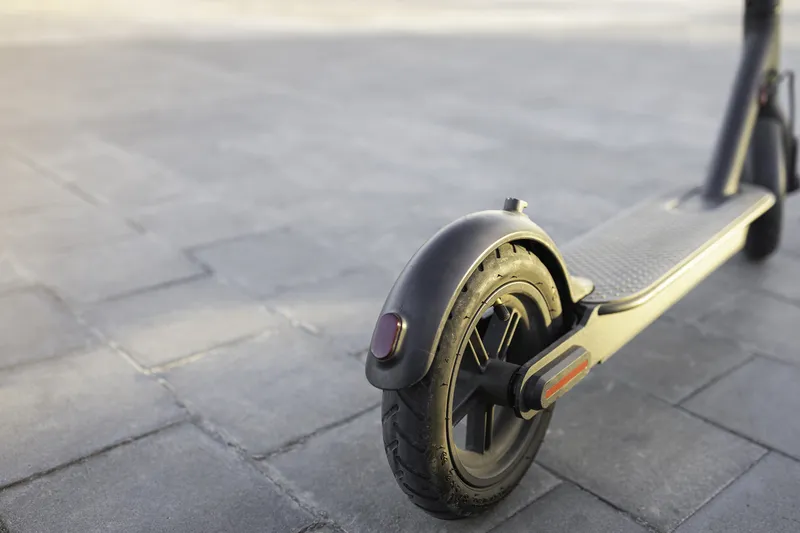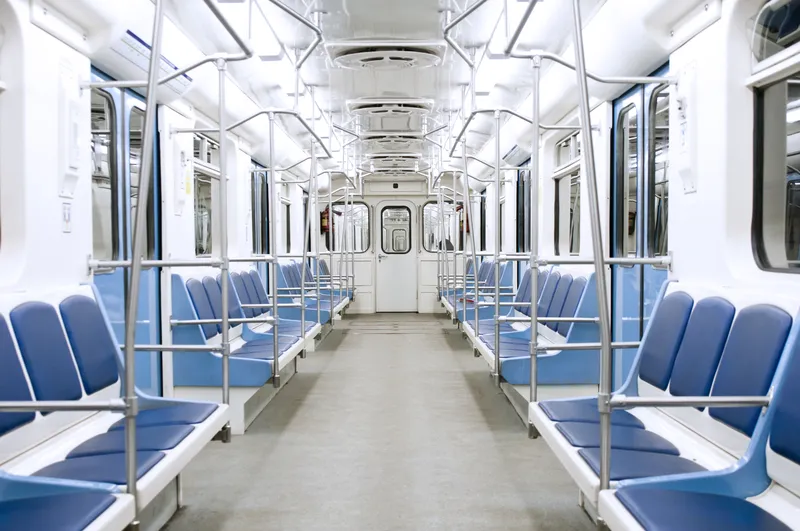Rail technology specialist Bombardier Transportation is to supply French national railway company, Société Nationale des Chemins de fer Français (SNCF) with 52 additional Francilien electric multiple unit (EMU) commuter trains.
The order, financed by Île-de-France's transport authority Syndicat des transports d'Île-de-France (STIF), is valued at approximately US$370 (€348 million) and is a call off from a contract signed in 2006 with SNCF for a maximum of 372 trains. The first trains from this order will
December 6, 2016
Read time: 1 min
Rail technology specialist 513 Bombardier Transportation is to supply French national railway company, Société Nationale des Chemins de fer Français (SNCF) with 52 additional Francilien electric multiple unit (EMU) commuter trains.
The order, financed by Île-de-France's transport authority Syndicat des transports d'Île-de-France (STIF), is valued at approximately US$370 (€348 million) and is a call off from a contract signed in 2006 with SNCF for a maximum of 372 trains. The first trains from this order will be delivered in early 2018 and will operate from the Paris Saint Lazare Station as part of the STIF transportation modernisation plan.
According to Bombardier, the Francilien is specially designed and manufactured for the Ile-de-France and is a reliable, high performing train that meets ongoing challenges experienced in densely populated areas. The modern trains offer room for up to 1,000 people with wide doors for easy accessibility and open gangways that increase passenger flow.
The order, financed by Île-de-France's transport authority Syndicat des transports d'Île-de-France (STIF), is valued at approximately US$370 (€348 million) and is a call off from a contract signed in 2006 with SNCF for a maximum of 372 trains. The first trains from this order will be delivered in early 2018 and will operate from the Paris Saint Lazare Station as part of the STIF transportation modernisation plan.
According to Bombardier, the Francilien is specially designed and manufactured for the Ile-de-France and is a reliable, high performing train that meets ongoing challenges experienced in densely populated areas. The modern trains offer room for up to 1,000 people with wide doors for easy accessibility and open gangways that increase passenger flow.










